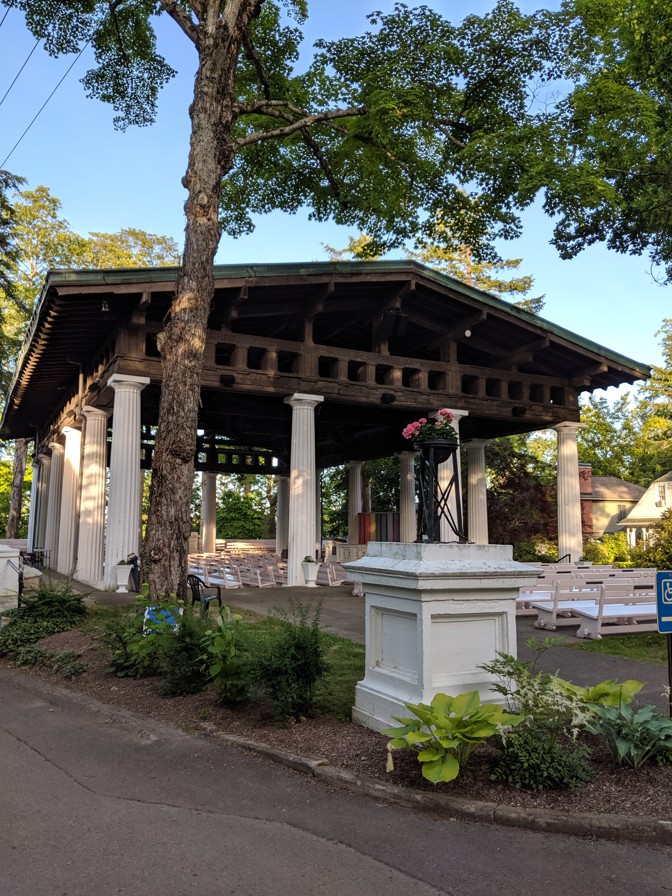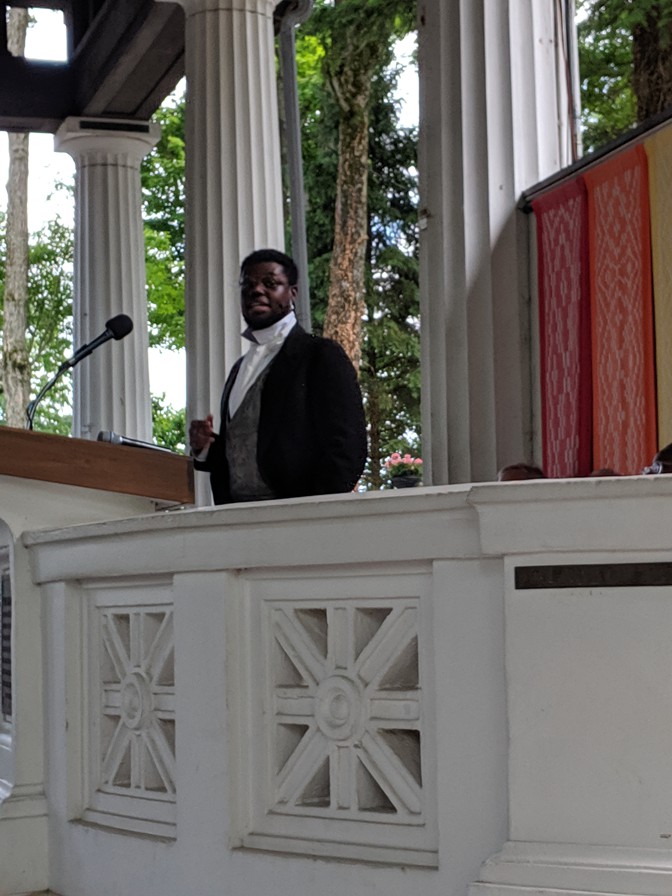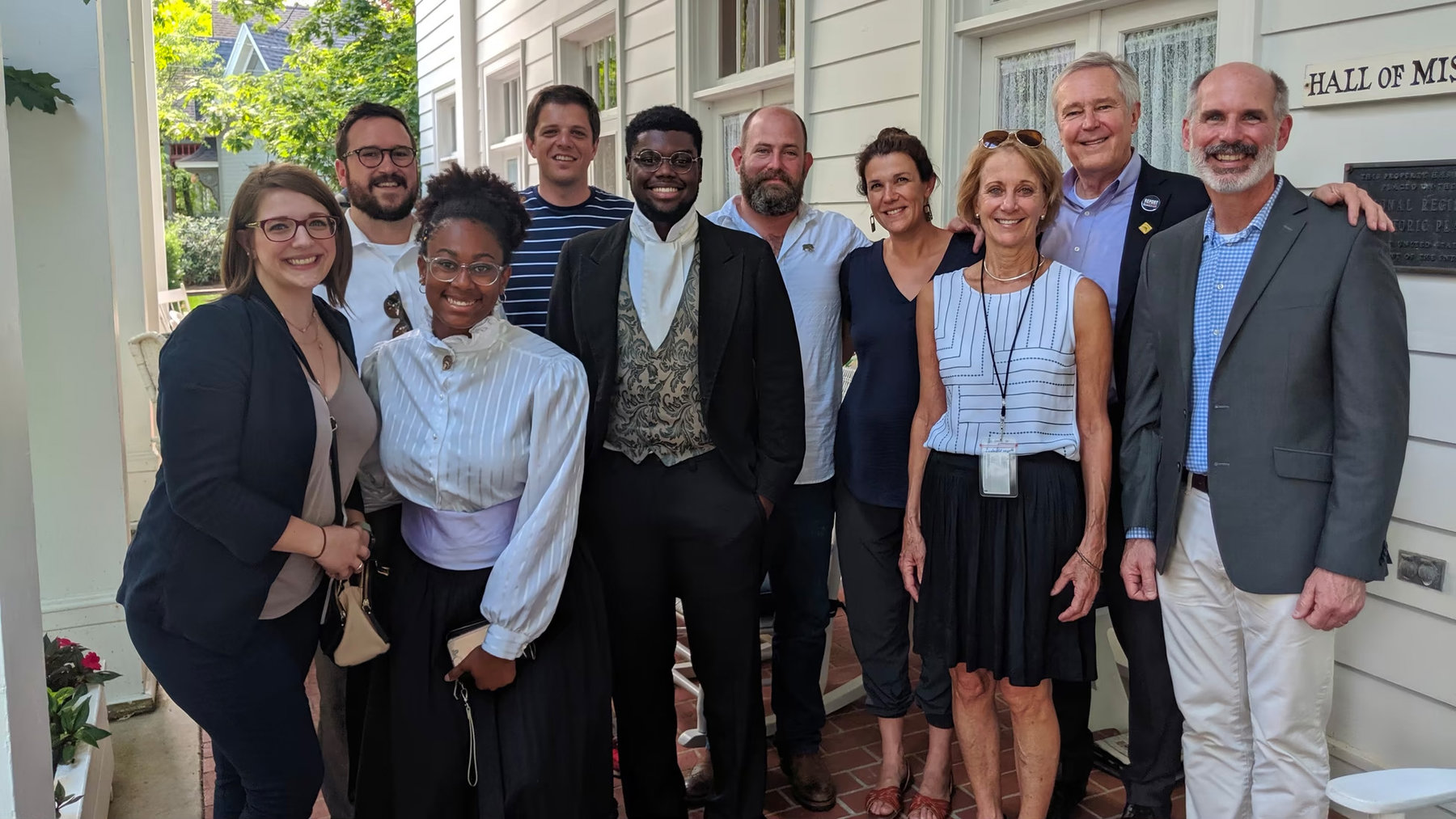The longer and farther that Jim and I have traveled with our earlier American Futures reporting in The Atlantic, and then with Our Towns the book, and now for this new Our Towns project, the more frequently people have asked some version of these questions:
We admire how Greenville has rebuilt its downtown and Main Street from seedy to spectacular, but how do we do that? Or, Fresno had some creative ideas that had a big impact on its schools, but how can that scale? Or, Ajo, Arizona, came up with a master plan of reinvention that worked for a tiny desert town, but how do we come up with a version that would work for us in the Plains, or on the water, or in Appalachia?
We’ve been thinking about comments and questions like these for quite a while now. And we’ve added some of our own. How can one town learn from another, very different town? Are there best practices for reimagining libraries or downtowns or health clinics? Is there a way to broadcast the successful messages with a bigger megaphone? How can we connect the people we have met, and how can we amplify their messages? In essence, how can we “biggify” this entire endeavor?
In early July, we had the chance to try out one answer. We went small for starters, to “just get the puck onto the ice,” as one of our new friends said. We were at Chautauqua for one of the institution’s week-long summer sessions, this one on the theme of community. Right up our alley.

Thanks to the department of religion at the Chautauqua Institution, we had the chance to bring together people, in the august setting of the Hall of Philosophy, from two of our favorite places—Ajo, Arizona, and Columbus, Mississippi—along with our friends from Erie, Pennsylvania, just down the road from Chautauqua. We wanted them to meet one another, to share their stories with the appreciative Chautauqua audience, and to see what might happen as a result.
* * *
Emily and Stuart Siegel first set their eyes on the tiny, former copper-mining town of Ajo, 40 miles north of the Mexican border, in the Sonoran Desert, on the same day that we first happened into Ajo. Emily and Stuart were on a classic road trip that had begun in Boston, and we were on our aerial version of a similar trip.
Nearly five years later, Emily and Stuart—now married, with 2-year-old Jonah, a little sibling arriving soon, and a house of their own—have stayed in Ajo and now run the Sonoran Desert Inn and Conference Center. They are helping move the town out of its post-mining-era decline into a new era built on tourism, the arts, skilled and artisan training of its population, and the multiculturalism of the three nations (the Mexicans, the Tohono O’odham Nation, and the Anglos) that have lived there together for a long, long time. The Ajo story brings together the architectural assets of the mine owners’ vision, the genius of procuring grants and funds to start many balls rolling, the open-mindedness to listen to the citizenry and to engage its skills and spirit, and plenty of patience and diplomacy. This is the story they told.
Chuck Yarborough, a high-school history teacher from the Mississippi School for Mathematics and Science (MSMS), in Columbus, brought two of his newly graduated students to present their dramatic reenactments of everyday life and issues during the Civil War era, based on original research and writing that his students did by following the lives of people buried in the cemeteries of Columbus. They present their performances in the cemetery to the town residents each year, in their effort to bring some understanding of the lives and racial issues that are the history of Columbus.

To give you a sense of the quality of this effort, Yarborough is the recipient of this year’s Organization of American Historians award for national Teacher of the Year. Erin Williams came from Hattiesburg to attend MSMS, which is a competitive public residential school, and is moving on to college in Louisiana to study computer science. And Dairian Bowles, who came to MSMS from Byhalia, Mississippi, will be going to college in California to study screenwriting. You would be wise to remember that name, Dairian Bowles, because the entire audience would guarantee that you’ll be hearing and seeing more from him.
Ferki Ferati and Ben Speggen drove in from Erie, a town with a 20 percent New Americans (the preferred name for immigrants and refugees) population. Erie’s story is an ongoing turnaround effort in a mainly post–General Electric era, with several starring initiatives: the downtown renovation and city business plans, the purposeful grooming of new young leaders, the participation and clout of its several universities, the philanthropic generosity of the homegrown Fortune 500 company Erie Insurance, the intellectual heft and plucky ambition of its Brookings-like Jefferson Educational Society, and its many new craft breweries.
Ferati is a New American from Kosovo, who arrived in Erie about 20 years ago as a young teenager with most of his family, and who now directs the Jefferson Society. He and Speggen have a fearless approach to proffering the Jefferson’s invitations to first-tier national figures: Doris Kearns Goodwin, Laura Bush, Michael Steele, Donna Brazile, et al. People accept the invitations and brave the often daunting Erie winter weather to go there to meet the residents of Erie, who have come to expect them.
* * *
After giving the stage to our friends, our secondary mission was to introduce them to one another. What would happen, we wondered, when Ajo met Erie met Mississippi?
Well, when people from a desert mining town, an immigrant-heavy Rust Belt town, and a southern Civil War hospital town—all of whom primarily believe in and practice community—come together, it turns out that they think they have a lot in common and can learn from one another.
They compared successes: when a young leadership group in training asks for another year together; when their inn is full, at least sometimes; when people stop you in the grocery store and ask if the students are working on this year’s performance.
They compared struggles: how you grow an audience in a biracial town for the most sensitive topic of all, race; how you build tourism in a place that is hundreds of miles away from everywhere; how you find common ground among those who say “Why change?” and those who say “We must change.”
They swapped stories: about elusive javelinas that dart through the dark nights; about how conversations start or stop when you say, simply, “We’re from Mississippi”; what it’s like to live in a town about which people from elsewhere have strong preconceptions.
Best of all, plans are already laid. Erie will visit Arizona, preferably next winter. And so will plenty of folks from the audience. Mississippi will try to accept invitations from teachers and towns with similar educational ambitions. Jim and I feel that this first try at connecting people and amplifying their messages worked, and we will look for other opportunities.




